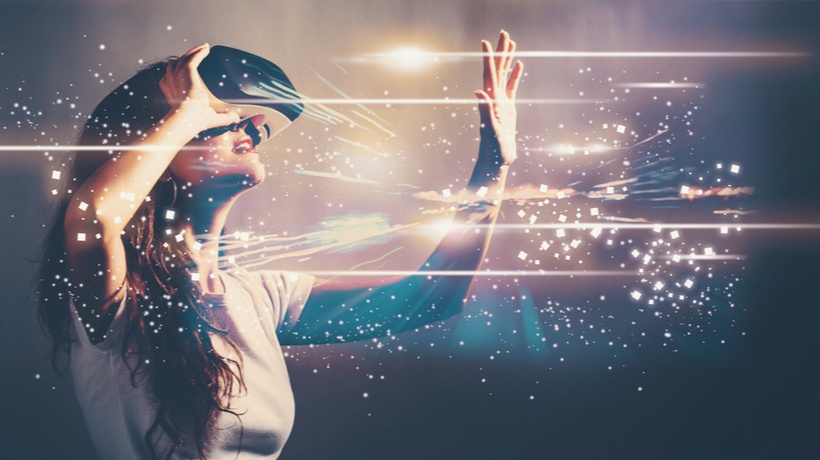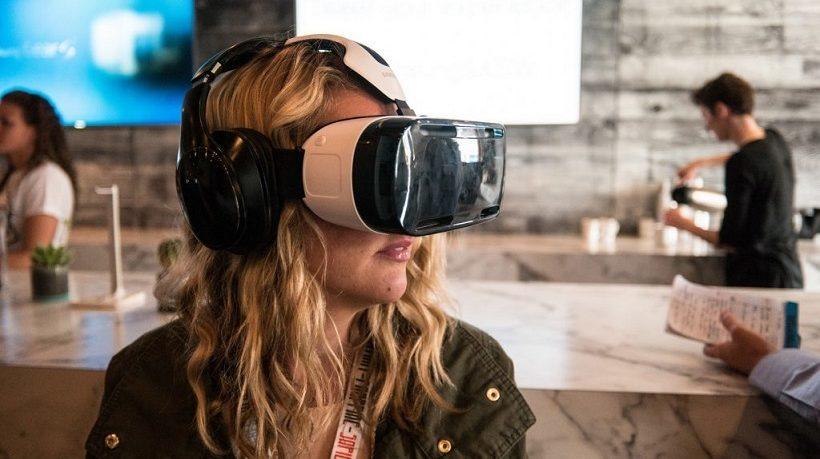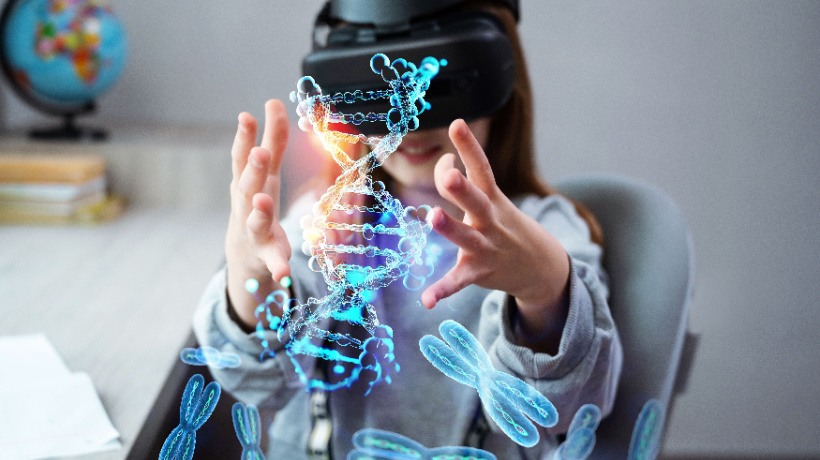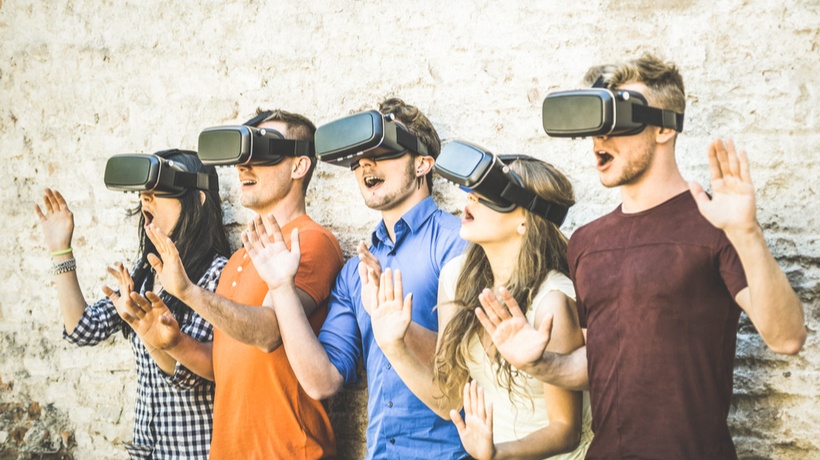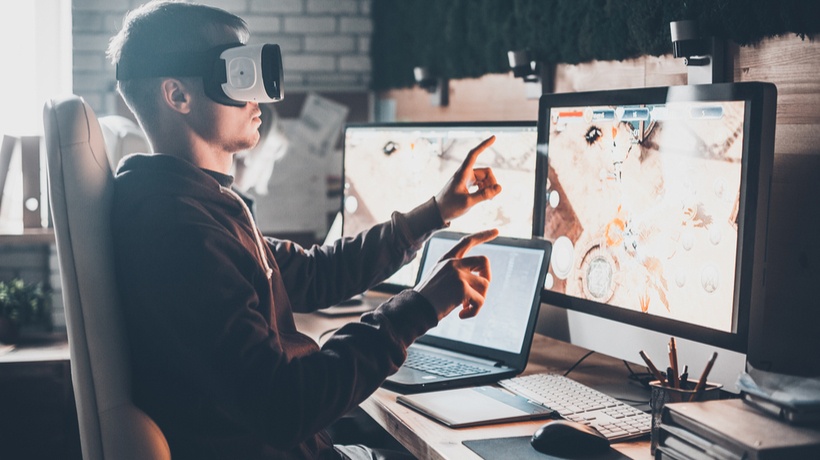Virtual Reality And Training
At Learninglovers.org, we have had the opportunity to interview Jesús García González, co-founder of Xperiencia Virtual. Below, you will find what he shared with us on Virtual Reality (VR):
Virtual training is one of the main pillars of education because it is a super powerful way to change a concept, understand what someone else is thinking, or develop an imaginary world where you can create any environment. It is a way to make the student want to go back to school to learn mathematics, history, or whatever subject they are learning at that moment.
Virtual Reality In Education
In education, we have been with children with special needs. For autistic children from whom it is difficult to get a reaction, with Virtual Reality, they get excited. In school, you can generate a realistic scenario; for example, in the history classes on the Spanish civil war, you can recreate the experience, to have the feeling of being there. It works with gifted students. We want to use it with kids who have learning difficulties and attention deficits. What you get with Virtual Reality is 100% attention because there are no possible distractions (no one next to you talking, or a cell phone to consult, etc., as in the classroom).
VR isolates you from the real world and focuses only on what you need. You can create an environment where the learner feels at ease with positive stimuli so that they enjoy the content. It increases the desire to learn and to know how things work.
The advantage of Virtual Reality is that it is a playful space for learning and a super powerful tool. The disadvantage is that there is a very linear structure in education. Teachers tend not to use technologies in the classroom to improve students' attention. The electronic whiteboard, for example, is a great resource, but we have found that it is parked there, and the teacher does not want to investigate this new technology and does not want to move forward with it.
The tricky thing in VR is the content. It will be necessary to achieve uniformity in quality. Just as there is ISO 21001 to guarantee quality in educational organizations, we will have to invent a quality standard for education with Virtual Reality. You can find much content that does not have a correct script or gets you dizzy because it is not of sufficient quality. We use computers with the highest performance available on the market. We are constantly updating them because we cannot afford to have latency in perception because the human being perceives it and loses continuity, the sense of reality or coherence, which generates confusion.
In Spain, we are probably among those in Europe who know the most about how people react to this technology because we have seen thousands of people live. Out of every 100 people, there are usually 2 who behave differently. For example, if you analyze a roller coaster VR simulation, there are always two who don't swing compared to the rest who do.
Virtual Reality Training For Industry
Virtual Reality is not only excelling in education. It is also helpful to overcome a person's difficulties in performing a task. You can see what capabilities a person has before they make a mistake. It applies in industry. A real case is a call center with a very high staff turnover. A 100 people are coming in per day who need training. There is an experience in ten levels, so the company can see who has passed them without difficulty. At Repsol, a virtual situation generated with wind and stress conditions, which in real life could endanger people's lives, allows them to train specialists.
This tool also has many possibilities in 3D design because it is millimetric: if you create your signature, it is as if you were designing on paper. The creative ways to express yourself are enormous. It also allows you to see elements to scale.
Virtual Reality cinemas will exist. The sound also accompanies the distance of the object. To generate these Virtual Reality experiences, you need computer scientists, animation experts, an art director, a storyteller, and experts in the content area (e.g., doctors, architects).
Conclusion
What we recommend is to be passionate about Virtual Reality. You can't get into it just for the money (although it's true that everyone who tries it becomes passionate about it). VR is going to change human beings, our professional and personal relationships.
